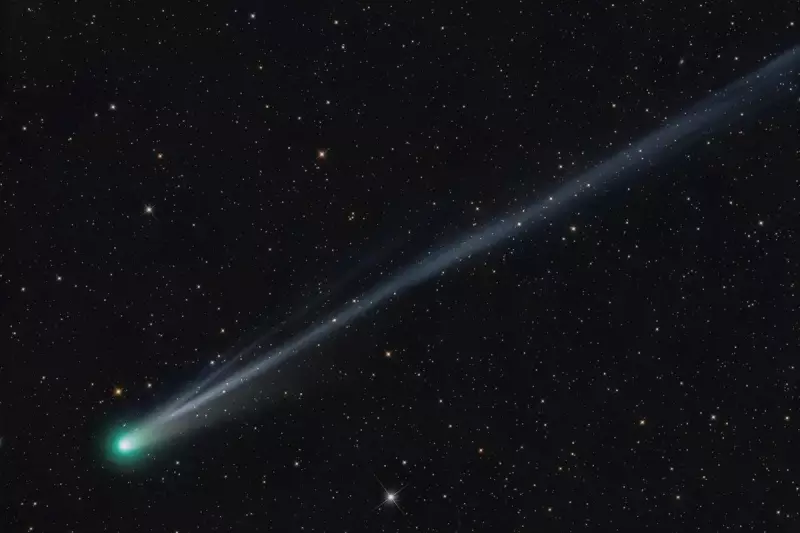
In a stunning development that could rewrite astronomy textbooks, scientists have uncovered compelling evidence of an Earth-sized planet hiding in the distant reaches of our solar system. This remarkable discovery comes from researchers at the University of Arizona, who have been meticulously studying the mysterious Kuiper Belt—the region beyond Neptune that's home to Pluto and other icy bodies.
The Cosmic Detective Story
Astronomers have long suspected that something unusual was occurring in the outer solar system. The strange orbital patterns of Kuiper Belt Objects (KBOs) suggested the presence of an unseen gravitational force—a cosmic puppeteer influencing these distant worlds from the shadows.
"The mathematical evidence is becoming increasingly difficult to ignore," explained the lead researcher. "We're seeing orbital clustering and gravitational anomalies that strongly point toward the existence of a planetary-mass object in our solar system's backyard."
What Makes This Discovery Revolutionary?
- Earth-like Dimensions: Unlike previous hypothetical planets like "Planet Nine," this object appears to be remarkably similar in size to Earth
- Kuiper Belt Location: Positioned within the Kuiper Belt, making it potentially easier to study than more distant theoretical planets
- Scientific Implications: Challenges current models of solar system formation and planetary migration
- Observation Potential: Its relative proximity means telescopes like the James Webb Space Telescope might soon capture direct images
The International Space Race Heats Up
The European Space Agency has taken particular interest in these findings, with several member states already discussing potential missions to study this mysterious world. The discovery comes at a time when space exploration is experiencing a renaissance, with multiple agencies and private companies racing to unlock the secrets of our cosmic neighbourhood.
"This isn't just about finding another planet—it's about understanding the complete history of our solar system," noted a planetary scientist not involved with the research. "Every new world we discover helps piece together the story of how our cosmic home came to be."
What's Next for Planetary Science?
- Verification Phase: Independent teams will attempt to confirm the findings through additional observations
- Telescope Time: Major observatories worldwide are likely to dedicate significant resources to studying this region
- Mission Planning: Space agencies may accelerate plans for Kuiper Belt exploration missions
- Theoretical Revisions: Astronomers will need to update models of solar system formation to account for this discovery
The search for this elusive planet represents one of the most exciting frontiers in modern astronomy. As technology advances and our observational capabilities improve, we may be on the verge of discovering that our solar system is far more complex and interesting than we ever imagined.





